Gem Profile- Amazonite
Would you like to know more about any of the Feldspars that we covered? Here they are again: Amazonite, Labradorite, Moonstone, Sunstone.
Before we get into our Amazonite let's do an Introduction to Feldspar:
The name feldspar comes to us from Middle Low German; feld, meaning field, and spar, a non-metallic, easily-cleaved rock material; so translated literally, feldspar means field rock. True to its name, the plentiful group of minerals known as the Feldspars occur in almost every major rock category, forming more than half of our Earth's crust. Meteorites have also been found containing feldspars!
Before we get into our Amazonite let's do an Introduction to Feldspar:
The name feldspar comes to us from Middle Low German; feld, meaning field, and spar, a non-metallic, easily-cleaved rock material; so translated literally, feldspar means field rock. True to its name, the plentiful group of minerals known as the Feldspars occur in almost every major rock category, forming more than half of our Earth's crust. Meteorites have also been found containing feldspars!
The no less than forty varieties of feldspars are crystalline aluminosilicate minerals. They form in all types of situations including metamorphic, igneous and sedimentary. As one of the Earth's major building blocks, basic feldspar changes a bit when it occurs with other minerals such as calcium, sodium and/or barium. Those of you who did not have to click above to look up the definition of aluminosilicate are probably very experienced in working with different types of glass or clay glazes that are made of ground feldspar containing potassium, as the potassium really revs up colors.
Basic feldspar is used in so many ways that you probably use something made with feldspar every day and don't know it! Ground feldspar is used in making toothpaste, scouring powder, electrical insulators, and some types of dental work. Industrial producers of glass and ceramic products add feldspar to silica mixtures as a flux to keep the boiling point down. Feldspar is also used as a filler in rubber, paper, and plastic products as well as in paints and fertilizers. There are so many more processes and products that include the use of feldspar that I really don't have the space to list them all here. By the way, did you know that a specimen of feldspar was even brought back from the Earth's moon by Apollo 16? Check it out, Lunar Feldspar - amazing!
There are so many types of feldspars that they have been broken down into several smaller groups or classes, by their slight differences in composition. The two groups that contain the gem-rocks that we wire artists are most interested in are those that exhibit schillers of light, Orthoclase and Plagioclase. In this first article on feldspar, I am going to tell you a bit about the one Microcline gem-rock form of feldspar, that we all know better as amazonite, or amazonstone.
Basic feldspar is used in so many ways that you probably use something made with feldspar every day and don't know it! Ground feldspar is used in making toothpaste, scouring powder, electrical insulators, and some types of dental work. Industrial producers of glass and ceramic products add feldspar to silica mixtures as a flux to keep the boiling point down. Feldspar is also used as a filler in rubber, paper, and plastic products as well as in paints and fertilizers. There are so many more processes and products that include the use of feldspar that I really don't have the space to list them all here. By the way, did you know that a specimen of feldspar was even brought back from the Earth's moon by Apollo 16? Check it out, Lunar Feldspar - amazing!
There are so many types of feldspars that they have been broken down into several smaller groups or classes, by their slight differences in composition. The two groups that contain the gem-rocks that we wire artists are most interested in are those that exhibit schillers of light, Orthoclase and Plagioclase. In this first article on feldspar, I am going to tell you a bit about the one Microcline gem-rock form of feldspar, that we all know better as amazonite, or amazonstone.
Now for AMAZONITE!
Rough amazonite, lapidary material. Right: Russian amazonite Left: Chinese amazonite. Private collection, Dale Armstrong.
Rough amazonite, lapidary material. Right: Russian amazonite Left: Chinese amazonite. Private collection, Dale Armstrong.

As you can guess, the lovely aqua-green stone with white inclusions called amazonite was named for the region where it was said to have been first documented as found, the Amazon River. Although amazonite can be found in Brazil, it is not found near the river. Historians theorize that this beautiful lapidary material came from another location and to protect that specific area, visitors were told that amazonite came from the area near the river. (To me, this was a smart "local" strategy, as many dangerous creatures make the Amazon River their home.)
Amazonite pendant made with silver-plated wire by Wirejewelry Faculty member Albina Manning.
Amazonite pendant made with silver-plated wire by Wirejewelry Faculty member Albina Manning.

Amazonite Qualities
Translucent to opaque amazonite is the green to bluish-green variety of potassium feldspar, whose other colors include pink, white and grey. Although this microcline feldspar occurs world wide as large crystals or masses in pegmatites, the popular green or blue-green material, with or without white striations or spots, is mainly mined in Colorado USA, Russia, Madagascar, China and Brazil, other locations include Africa, Ethiopia and Australia. The Mohs hardness of 6 to 6.5 makes amazonite a wonderful lapidary material, and it easily takes a great polish. The schiller in amazonite is caused by the inclusion of very thin crystalline plates, causing a scattering of light between the layers, or an iridescence also known as "schiller spar." As I mentioned in my Jade article, amazonite is sometimes used as a nephrite jade imposter, and it is also used as a turquoise fraud. However, there is no need to try to replicate this particular feldspar because it is extremely abundant. The most valuable amazonite is the pale bluish-green. If you find a vendor selling "rare, yellow" amazonite, beware! because the material is more than likely common nephrite.
The darker green version of amazonite with white striations is better known as Russian and is found in several European areas where known use of the stone as a gem dates back more than 5000 years (about the same timeframe we can track wire jewelry to).
A collection of amazonite beads and cabochons. Private collection, Dale Armstrong.
Translucent to opaque amazonite is the green to bluish-green variety of potassium feldspar, whose other colors include pink, white and grey. Although this microcline feldspar occurs world wide as large crystals or masses in pegmatites, the popular green or blue-green material, with or without white striations or spots, is mainly mined in Colorado USA, Russia, Madagascar, China and Brazil, other locations include Africa, Ethiopia and Australia. The Mohs hardness of 6 to 6.5 makes amazonite a wonderful lapidary material, and it easily takes a great polish. The schiller in amazonite is caused by the inclusion of very thin crystalline plates, causing a scattering of light between the layers, or an iridescence also known as "schiller spar." As I mentioned in my Jade article, amazonite is sometimes used as a nephrite jade imposter, and it is also used as a turquoise fraud. However, there is no need to try to replicate this particular feldspar because it is extremely abundant. The most valuable amazonite is the pale bluish-green. If you find a vendor selling "rare, yellow" amazonite, beware! because the material is more than likely common nephrite.
The darker green version of amazonite with white striations is better known as Russian and is found in several European areas where known use of the stone as a gem dates back more than 5000 years (about the same timeframe we can track wire jewelry to).
A collection of amazonite beads and cabochons. Private collection, Dale Armstrong.

Amazonite and Culture
Known as a "stone of courage and hope", native peoples in north Africa, especially Egypt, revere this deep green stone in the same manner that some American Indians do turquoise. Carvings, beads, and amulets made of amazonite were found in King Tutankhamen's tomb, proving that this special mineral has been important in this part of the world for centuries. It has even been suggested that Cleopatra's emeralds, which she famously collected, were actually amazonite.
Metaphysically speaking, amazonite is said to be a mineral that soothes emotional processes, dispelling irritating and negative energies. It also soothes all of the chakras, especially the heart and throat. In the Bible, amazonite was one of the twelve stones included in the breastplate of the High Priest. It is associated with the astrological sign of Virgo.
A nice example of a freeform amazonite cabochon, wrapped in 14kt gold filled wire by Wirejewelry Faculty member Jill Gentry.
Known as a "stone of courage and hope", native peoples in north Africa, especially Egypt, revere this deep green stone in the same manner that some American Indians do turquoise. Carvings, beads, and amulets made of amazonite were found in King Tutankhamen's tomb, proving that this special mineral has been important in this part of the world for centuries. It has even been suggested that Cleopatra's emeralds, which she famously collected, were actually amazonite.
Metaphysically speaking, amazonite is said to be a mineral that soothes emotional processes, dispelling irritating and negative energies. It also soothes all of the chakras, especially the heart and throat. In the Bible, amazonite was one of the twelve stones included in the breastplate of the High Priest. It is associated with the astrological sign of Virgo.
A nice example of a freeform amazonite cabochon, wrapped in 14kt gold filled wire by Wirejewelry Faculty member Jill Gentry.

Resources
Print Resources:
The Audubon Society Field Guide to North America Rocks and Minerals by Charles W. Chesterman and Kurt E. Lowe, ISBN 0-394-50269-8
Colored Stone, Vol. 22 No. 6, Dec 2009, Interweave Press
Gem and Lapidary Materials by June Culp Zeitner, ISBN 0-945005-24-5
Gemstones of the World by Walter Schumann, ISBN 0-8069-3088-8
Love Is in The Earth by Melody, ISBN 0-9628190-3-4
Peterson Field Guide to Rocks and Minerals by Frederick H. Pough, ISBN-0-395-91096-X
Simon & Schuster's Guide to Gems and Precious Stones by Curzio Cipriani and Alessandro Borelli, ISBN 0-671-60430-9
Internet Resources:
www.mindat.org
www.wikipedia.org
www.yourdictionary.com
Print Resources:
The Audubon Society Field Guide to North America Rocks and Minerals by Charles W. Chesterman and Kurt E. Lowe, ISBN 0-394-50269-8
Colored Stone, Vol. 22 No. 6, Dec 2009, Interweave Press
Gem and Lapidary Materials by June Culp Zeitner, ISBN 0-945005-24-5
Gemstones of the World by Walter Schumann, ISBN 0-8069-3088-8
Love Is in The Earth by Melody, ISBN 0-9628190-3-4
Peterson Field Guide to Rocks and Minerals by Frederick H. Pough, ISBN-0-395-91096-X
Simon & Schuster's Guide to Gems and Precious Stones by Curzio Cipriani and Alessandro Borelli, ISBN 0-671-60430-9
Internet Resources:
www.mindat.org
www.wikipedia.org
www.yourdictionary.com
Materials

Wire

Amazonite

Amazonite 18x25mm Rectangle Cabochon
E8-40Q
- Lesson Quantity: 1.00 pieces
- Purchase Quantity: 1.00 each
- Price: $11.40
- Gold Club Price: $8.55

Amazonite 25mm Square Cabochon
E8-40M
- Lesson Quantity: 1.00 pieces
- Purchase Quantity: 1.00 each
- Price: $14.00
- Gold Club Price: $10.50

WireJewelry Madagascar Stone Mix Rough - Large Natural Gemstones in 1.5 LB Bag
E6-100R
- Lesson Quantity: 1.00 pieces
- Purchase Quantity: 1.00 each
- Price: $21.91
- Gold Club Price: $16.43
Tools

WireJewelry - Ultimate Wire-Pliers Jewelry Pliers with Case, Set of 5
G15-20
- G15-20
- Lesson Quantity: 1.00 pieces
- Purchase Quantity: 1.00 each
- Price: $170.72
- Gold Club Price: $128.04

Bench Tools
- Category: General Education
- Technique(s): General Education
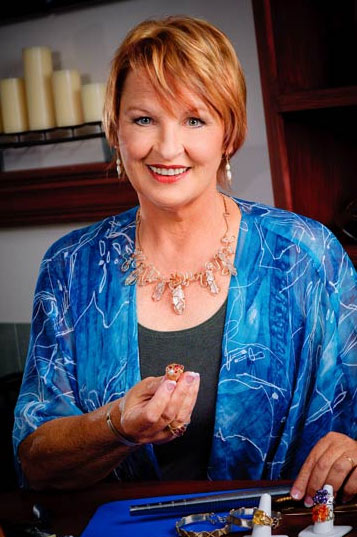







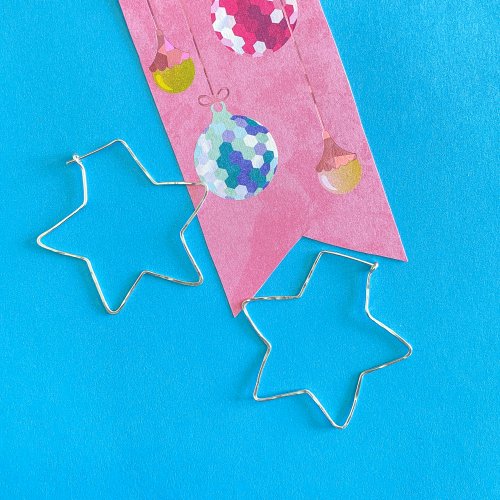
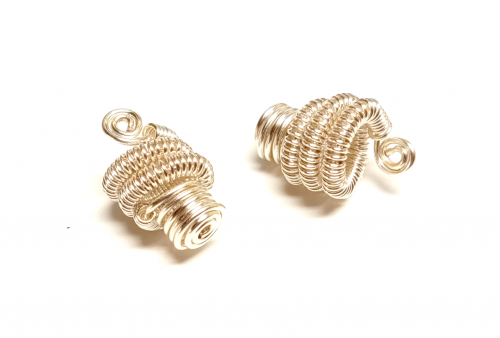
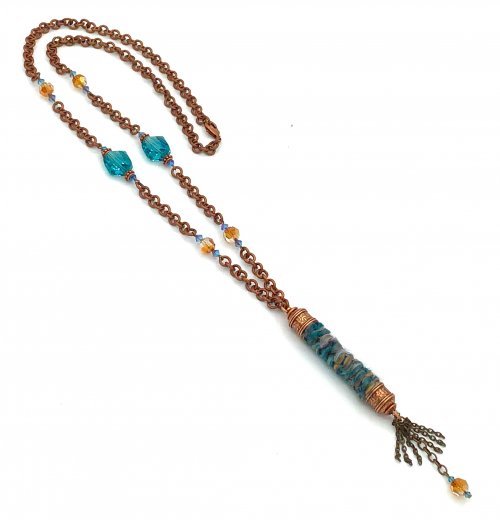

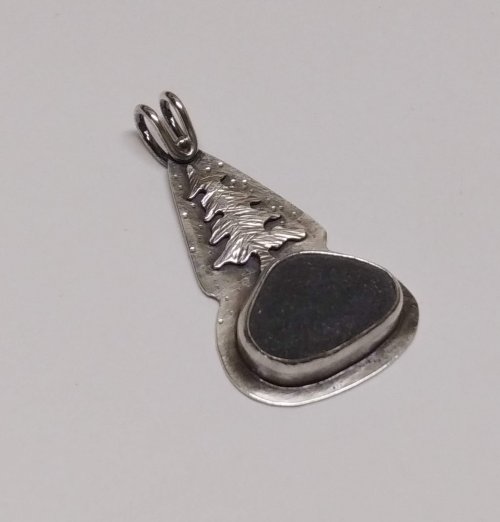
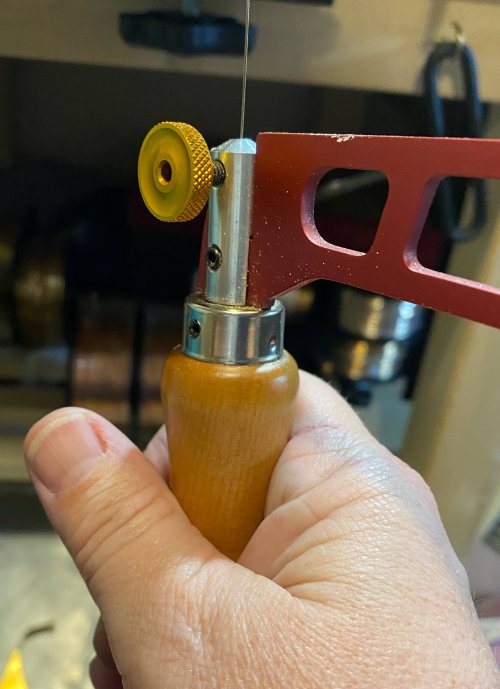
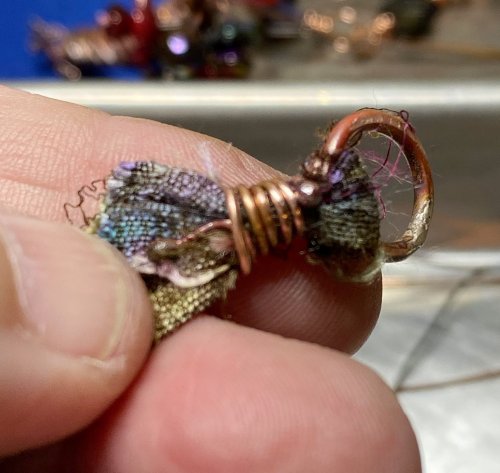
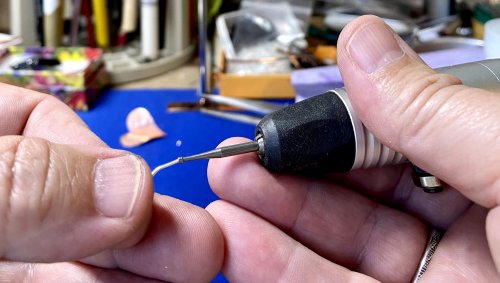
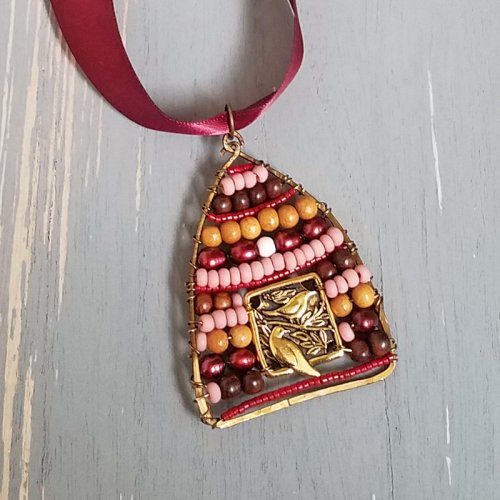
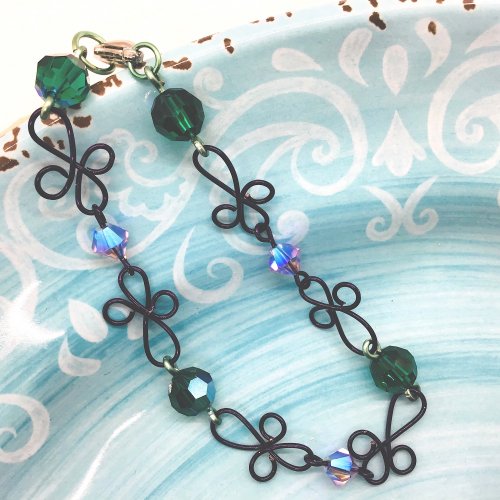



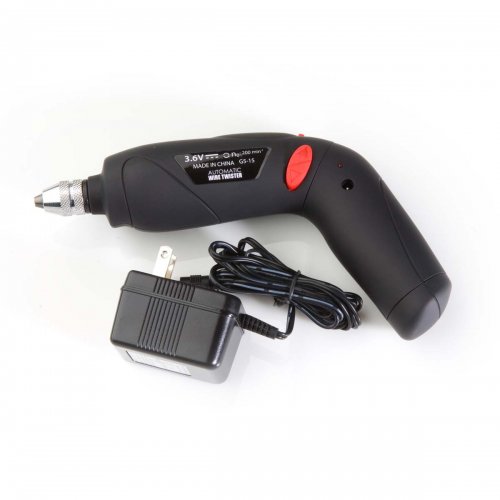 Getting Twisted - Jewelry Making Tools
Getting Twisted - Jewelry Making Tools
 How to Price Your Wire Jewelry
How to Price Your Wire Jewelry
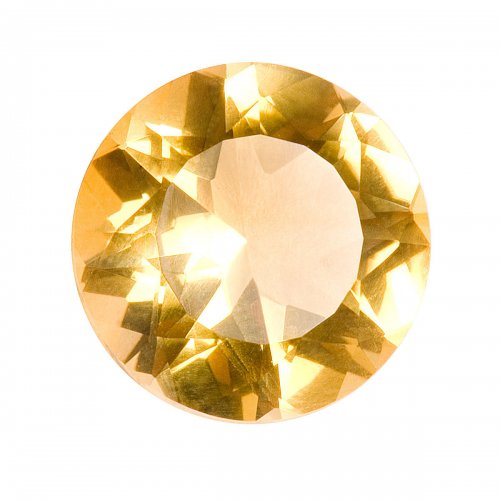 How to Measure Gemstones for Settings
How to Measure Gemstones for Settings
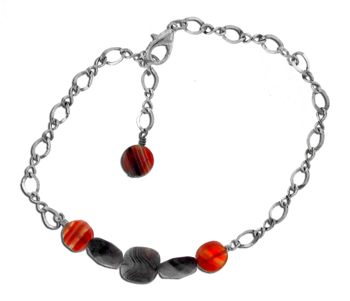 Cool Anklets are HOT
Cool Anklets are HOT
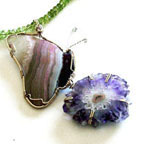 Inspiration Comes from Everywhere and Every Thing
Inspiration Comes from Everywhere and Every Thing
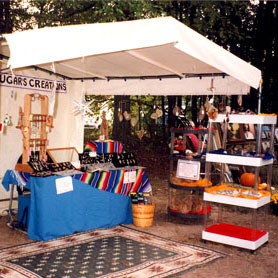 Wire Jewelry Display and Booth Ideas
Wire Jewelry Display and Booth Ideas
 Where to Sell Your Wire Jewelry
Where to Sell Your Wire Jewelry
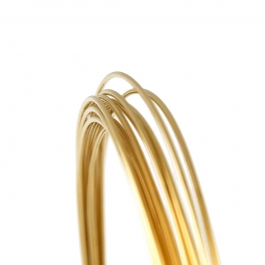 How to Choose Wire Temper for Making Jewelry
How to Choose Wire Temper for Making Jewelry
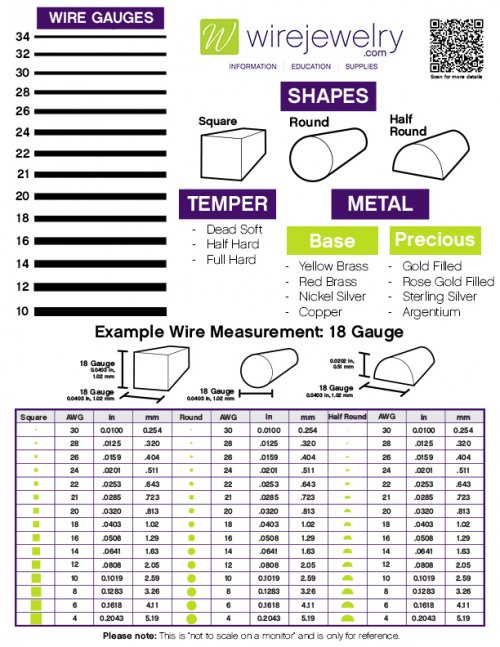 What Gauge of Wire Should I Use to Make Jewelry
What Gauge of Wire Should I Use to Make Jewelry
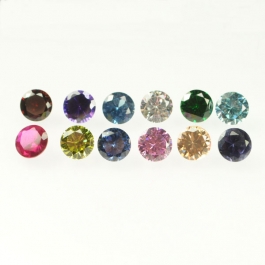 What's a Cubic Zirconia Stone
What's a Cubic Zirconia Stone
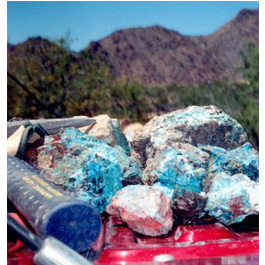 Rockhounding - A Beginner's Guide
Rockhounding - A Beginner's Guide
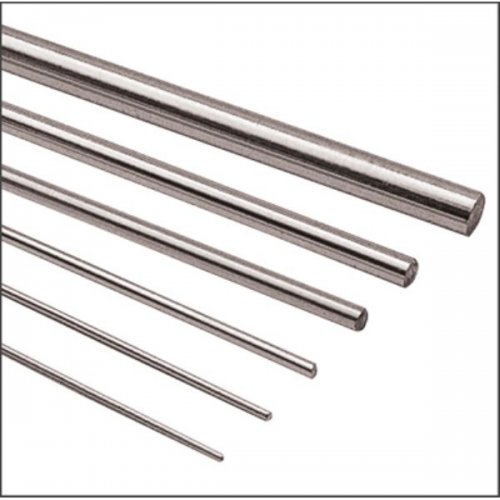 What Shape of Wire Should I Use to Make Jewelry
What Shape of Wire Should I Use to Make Jewelry
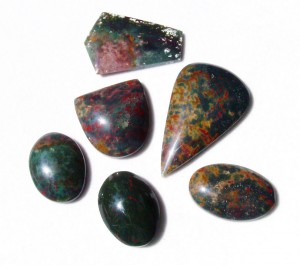 Gem Profile- Bloodstone
Gem Profile- Bloodstone
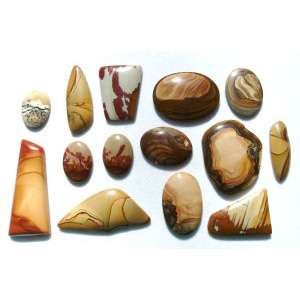 Gem Profile- Picture Jasper
Gem Profile- Picture Jasper
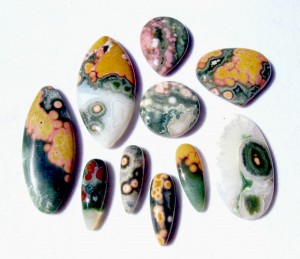 Gem Profile- Patterned Jaspers
Gem Profile- Patterned Jaspers
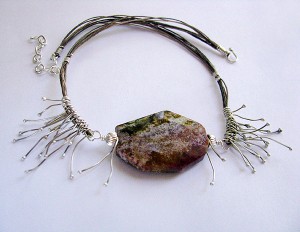 Gem Profile- What is Jasper
Gem Profile- What is Jasper
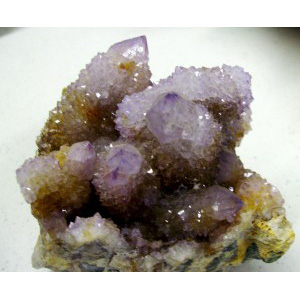 Gem Profile- Quartz Introduction
Gem Profile- Quartz Introduction
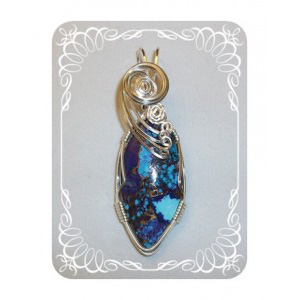 Gem Profile- Wishful Turquoise
Gem Profile- Wishful Turquoise
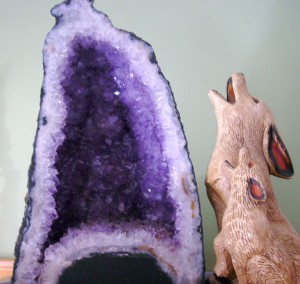 Gem Profile- Amethyst
Gem Profile- Amethyst
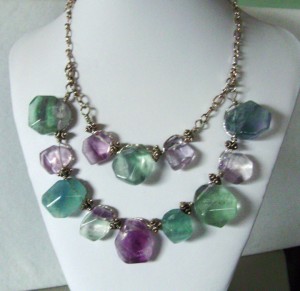 Gem Profile- Fluorite
Gem Profile- Fluorite
 Gem Profile- Obsidian
Gem Profile- Obsidian
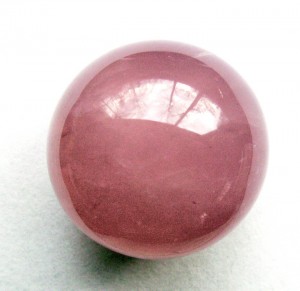 Gem Profile- Rose Quartz
Gem Profile- Rose Quartz
 Gem Profile- Smoky Quartz
Gem Profile- Smoky Quartz
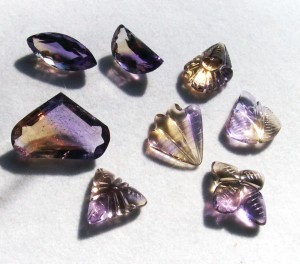 Gem Profile- Citrine and Ametrine
Gem Profile- Citrine and Ametrine
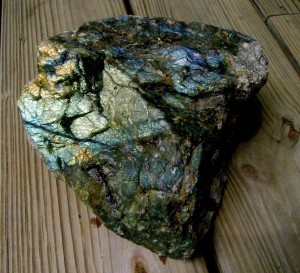 Gem Profile- Labradorite
Gem Profile- Labradorite
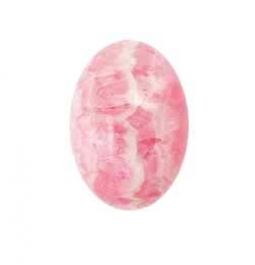 Gem Profile- Rhodochrosite
Gem Profile- Rhodochrosite
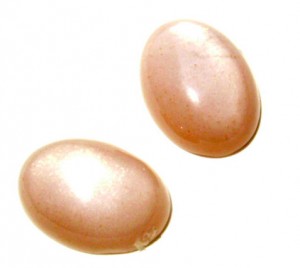 Gem Profile- Moonstone
Gem Profile- Moonstone
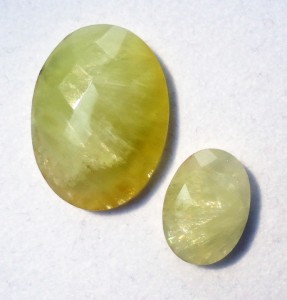 Gem Profile- Prehnite
Gem Profile- Prehnite
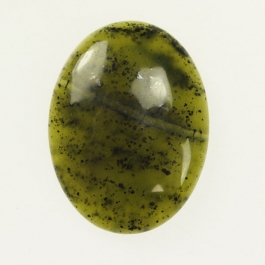 Gem Profile- Jade
Gem Profile- Jade
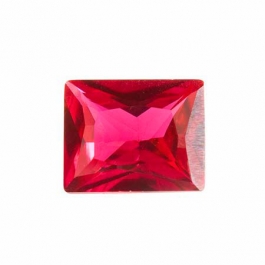 Gem Profile- Corundum
Gem Profile- Corundum
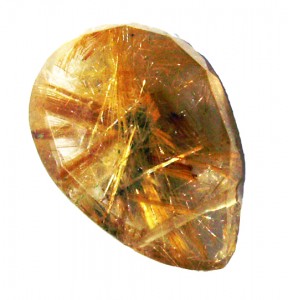 Gem Profile- Quartz with Inclusions Part 1
Gem Profile- Quartz with Inclusions Part 1
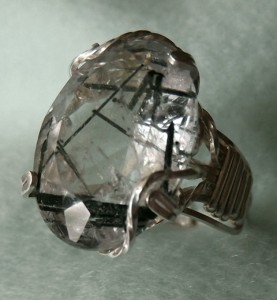 Gem Profile- Quartz with Inclusions Part 2
Gem Profile- Quartz with Inclusions Part 2
 Gem Profile- Aventurine
Gem Profile- Aventurine
 Gem Profile- Macrocrystalline Quartz
Gem Profile- Macrocrystalline Quartz
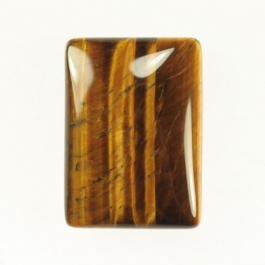 Gem Profile- Tiger Eye
Gem Profile- Tiger Eye
 Gem Profile- Fire Agate and Iris Agate
Gem Profile- Fire Agate and Iris Agate
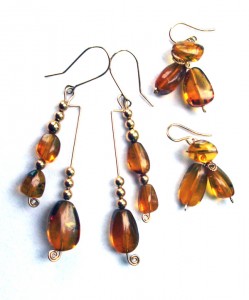 Gem Profile- Amber
Gem Profile- Amber
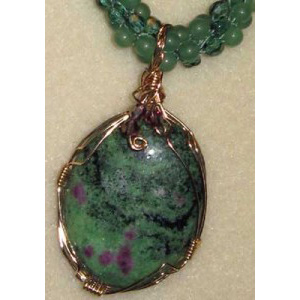 Gem Profile- Ruby Zoisite
Gem Profile- Ruby Zoisite
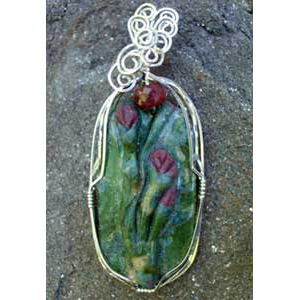 Gem Profile- Ruby Fuchsite
Gem Profile- Ruby Fuchsite
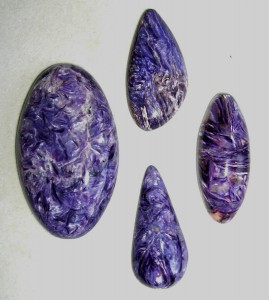 Gem Profile- Charoite
Gem Profile- Charoite
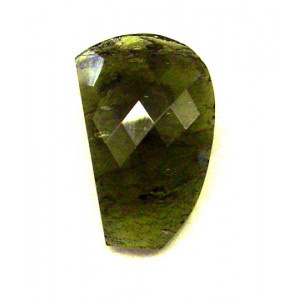 Gem Profile- Moldavite
Gem Profile- Moldavite
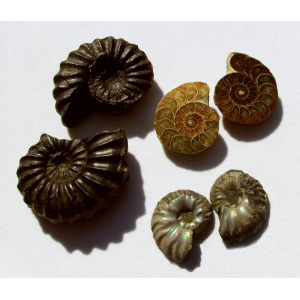 Gem Profile- Ammolite
Gem Profile- Ammolite
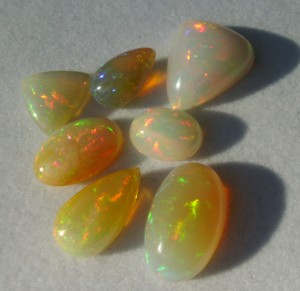 Gem Profile- White Precious Opal
Gem Profile- White Precious Opal
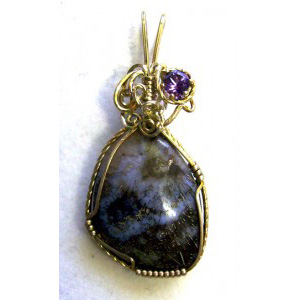 Gem Profile- Opalized Fossils
Gem Profile- Opalized Fossils
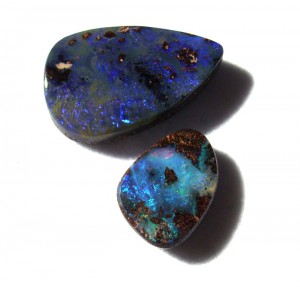 Gem Profile- Boulder Opal
Gem Profile- Boulder Opal
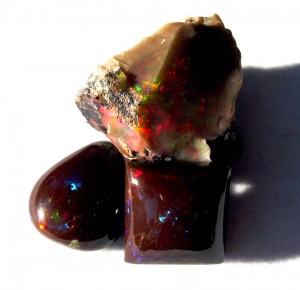 Gem Profile- Black Precious Opal
Gem Profile- Black Precious Opal
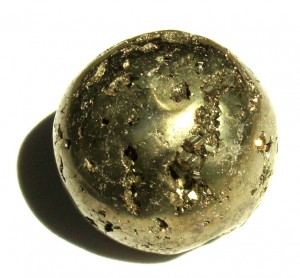 Gem Profile- Pyrite
Gem Profile- Pyrite
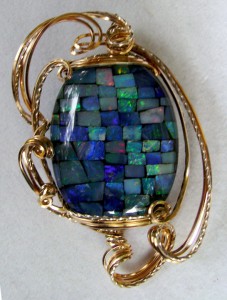 Gem Profile- Opal Introduction
Gem Profile- Opal Introduction
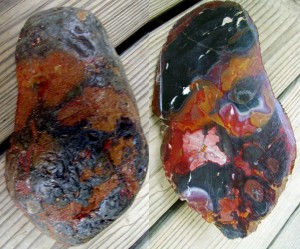 Gem Profile- Beautifully Colored Jasper
Gem Profile- Beautifully Colored Jasper
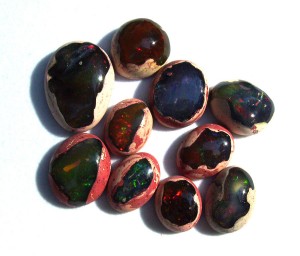 Gem Profile- Common Opal
Gem Profile- Common Opal
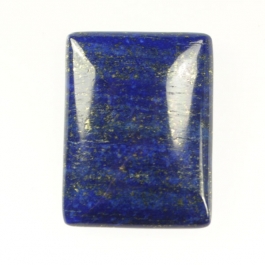 Gem Profile- Lapis Lazuli
Gem Profile- Lapis Lazuli
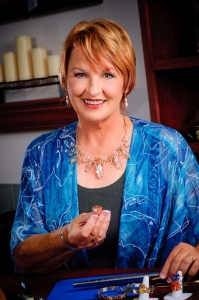 Wire Sculpture Expert Dale -Cougar- Armstrong Interview
Wire Sculpture Expert Dale -Cougar- Armstrong Interview

